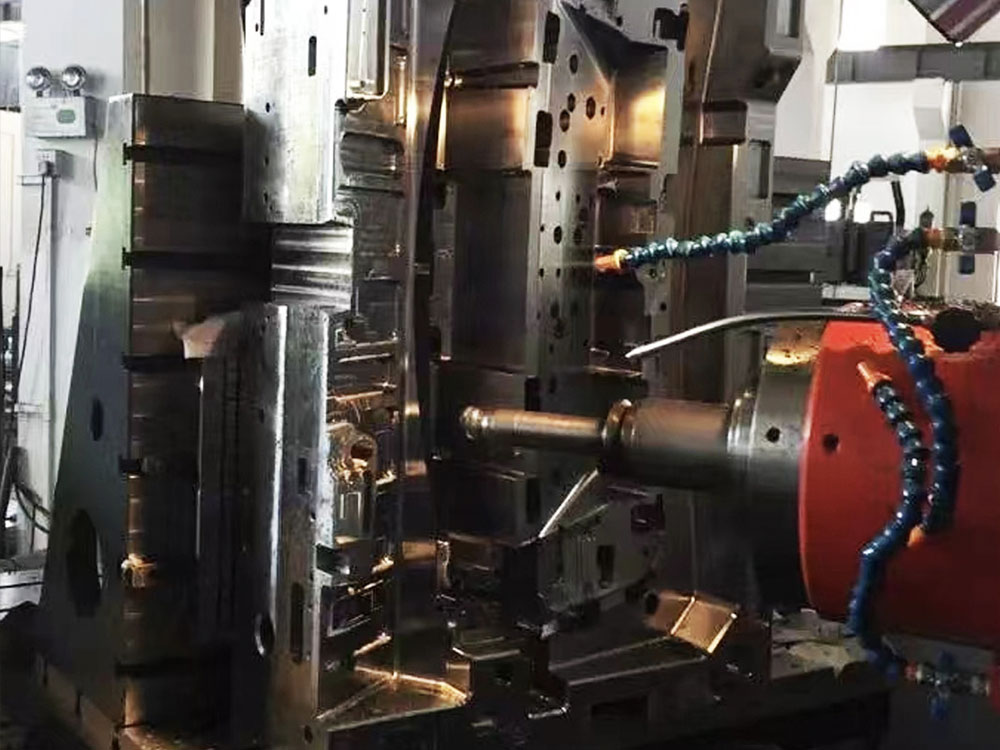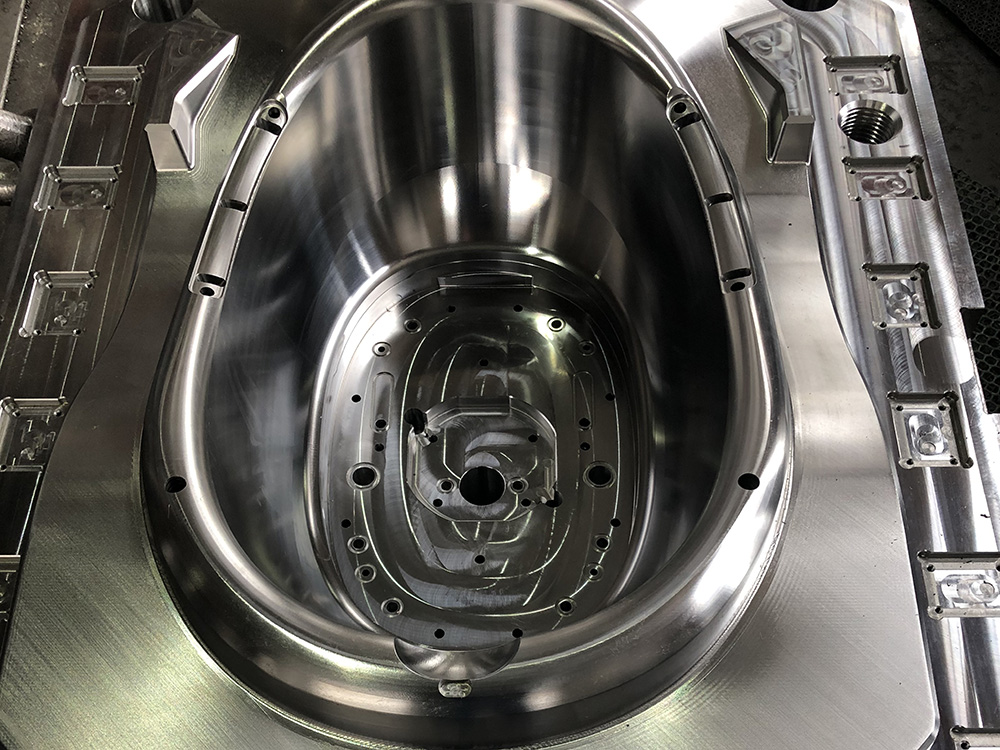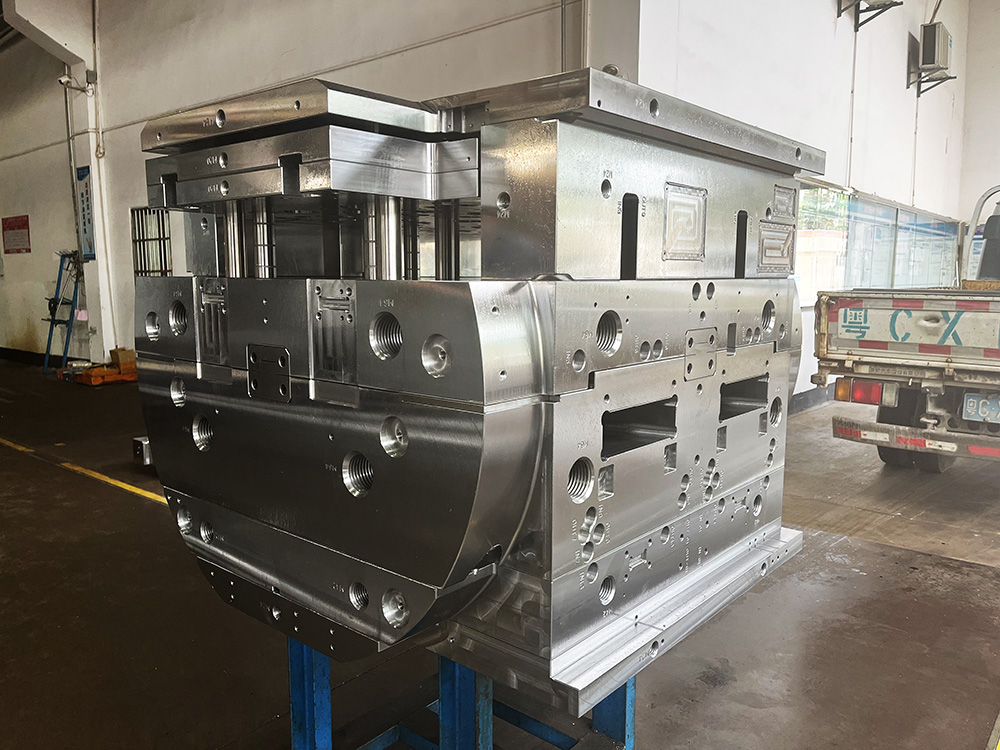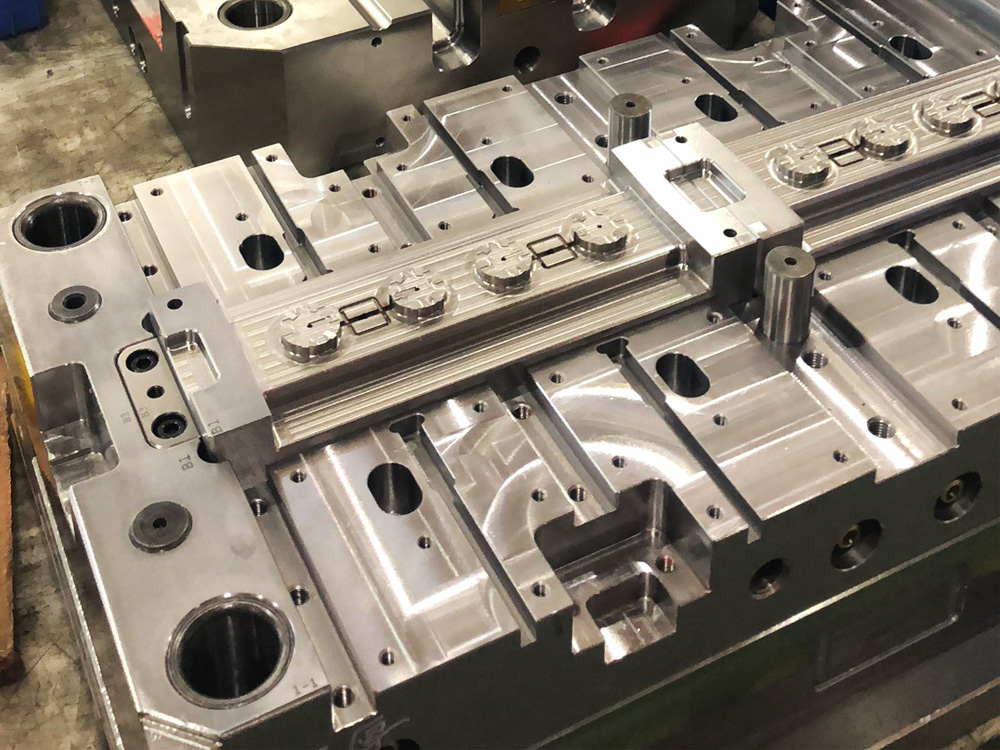How to Choose Springs for the Mold Frame
Choosing the right springs for the mold frame is crucial in the mold base industry as it ensures the proper functioning and longevity of the mold. With numerous options available, it can be overwhelming to select the appropriate springs. However, by considering certain factors and understanding the different types of springs, you can make an informed decision that meets the specific requirements of your mold frame.
Types of Springs
Before diving into the selection process, let's explore the various types of springs commonly used in the mold base industry:
1. Compression Springs: These springs are designed to provide resistance when compressed, offering support and absorbing shock in the mold frame. They are widely used in molds that require frequent opening and closing.
2. Extension Springs: As the name suggests, extension springs expand when pulled apart. They are ideal for molds that require a pulling force to separate the mold components.
3. Torsion Springs: Torsion springs exert rotational force when twisted. They are commonly used in molds that require rotary movement, ensuring a smooth and controlled motion.
Considerations for Spring Selection
When choosing springs for the mold frame, keep the following factors in mind:
1. Load Capacity: Determine the weight and force that the spring will need to support. Consider the weight of the mold and any additional load factors, such as the material being molded or the injection pressure. Select a spring with an appropriate load capacity to ensure optimal performance.
2. Operating Environment: Evaluate the temperature, humidity, and any corrosive elements present in the mold frame's operating environment. Choose springs that are resistant to corrosion and can withstand the specific environmental conditions to prevent premature failure.
3. Spring Material: The material of the spring should be carefully chosen based on its mechanical properties and compatibility with the mold frame. Common spring materials include stainless steel, music wire, and carbon steel. Each material has its own set of benefits and limitations, so select the one that best suits your requirements.
4. Spring Design: Consider the design aspects of the spring, such as its dimensions, coils per inch, and overall length. The design should align with the available space in the mold frame and provide the desired level of flexibility and strength.
5. Longevity and Maintenance: Choose springs that are durable and require minimal maintenance. Opt for springs that have been tested for a long lifespan under similar operating conditions to ensure reliable and consistent performance.
Conclusion
The selection of springs for the mold frame is a critical decision that can greatly impact the efficiency and effectiveness of the mold. By considering factors such as load capacity, operating environment, spring material, design, and longevity, you can choose the appropriate springs that provide optimal performance and longevity for your mold frame. Taking the time to evaluate these aspects will ultimately result in a well-functioning and highly durable mold.




